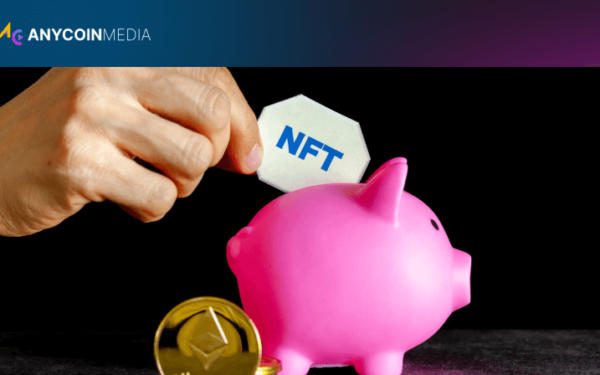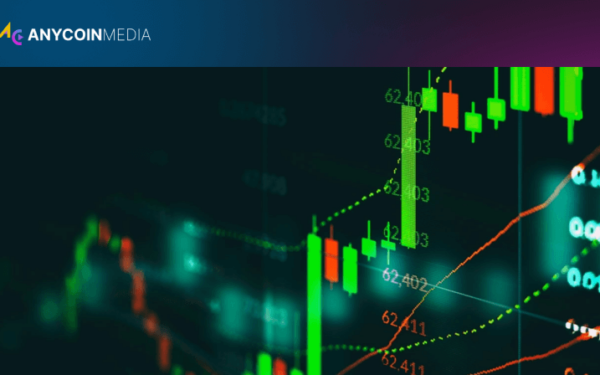Annual Percentage Yіeld (APY) іs a crucial metric in the cryptocurrency ecosystem, particularly within the realm of decentralized finance (DeFi). It represents the real rate of return on an investment, taking into account the effect of compound interest over a year. In the context of cryptocurrencies, APY is commonly used to express the potential earnings from various DeFi protocols, staking mechanisms, and yield farming strategies. This standardized measure allows investors to compare different investment opportunities and make informed decisions about where to allocate their digital assets.
APY in the cryptocurrency world shares similarities with its traditional finance counterpart but often comes with unique characteristics:
These factors contribute to the allure of crypto APY opportunities but also underscore the importance of understanding the underlying mechanisms and risks involved.
While APY and Annual Percentage Rate (APR) are both used to express returns, they differ in significant ways:
In the crypto space, APY is generally preferred as it better reflects the true earning potential of various DeFi protocols and staking mechanisms that often compound returns automatically.
Several factors contribute to the APY offered by crypto platforms:
These components can vary widely between different protocols and even within the same platform over time, leading to the dynamic and often high APYs seen in the crypto space.
The basic formula for calculating APY is:
APY = (1 + r/n)^n – 1
Where: r = periodic rate (interest per period) n = number of compounding periods per year
However, in the crypto world, this calculation often becomes more complex due to:
To account for these factors, many DeFi protocols use sophisticated algorithms to estimate and display APYs, often updating them in real-time based on current market conditions and protocol parameters.
Various crypto investment strategies offer APY:
Each of these strategies comes with its own risk profile and potential for returns, contributing to the diverse landscape of APY opportunities in the crypto ecosystem.
Several factors can influence the APY offered by crypto platforms:
These factors interact in complex ways, leading to the highly dynamic APYs characteristic of the crypto space. Investors must stay informed about these variables to understand the sustainability and risks associated with different APY offerings.
While high APYs can be attractive, they often come with significant risks:
Understanding these risks is crucial for investors considering high-APY opportunities in the crypto space. Due diligence and a thorough understanding of the underlying protocols are essential for mitigating potential losses.
APY opportunities vary across different blockchain ecosystems:
Each ecosystem presents unique opportunities and challenges for yield-seeking investors, with varying levels of risk, liquidity, and potential returns.
Several tools have emerged to help investors navigate the complex landscape of crypto APYs:
These tools provide valuable insights into current APY offerings, historical performance, and associated risks, enabling investors to make more informed decisions about their yield-generating strategies.
Experienced crypto investors employ various strategies to optimize their APY:
While these strategies can potentially increase returns, they also come with added complexity and risk. Careful management and a deep understanding of the underlying mechanisms are essential for successful implementation.
As the crypto ecosystem continues to evolve, several trends are shaping the future of APY:
These developments are likely to result in a more mature and stable APY landscape, potentially with lower but more sustainable yields as the market becomes more efficient.
When engaging with high-APY crypto opportunities, investors should consider:
Careful consideration of these factors can help investors balance the potential rewards of high APY opportunities with the associated risks and practical limitations.
APY plays a central role in the cryptocurrency ecosystem, particularly within the burgeoning field of decentralized finance. It serves as a standardized metric for comparing the potential returns of various crypto investment strategies, from simple staking to complex yield farming techniques. The often high APYs offered in the crypto space reflect both the innovative nature of DeFi protocols and the inherent risks associated with these nascent financial instruments.





